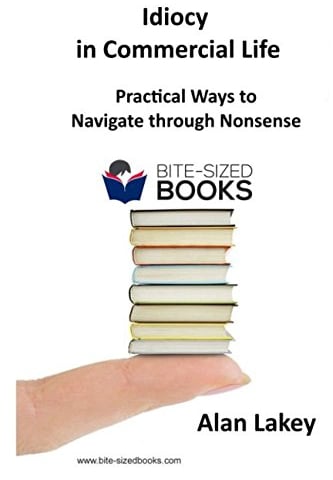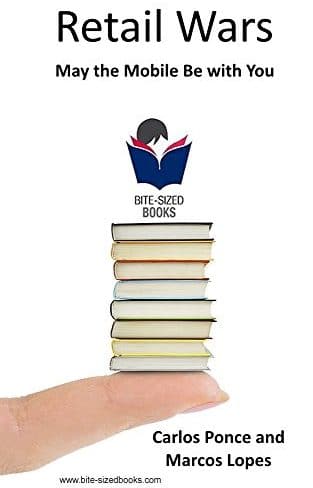Coaching to improve Organisations and Professionals
If only our organisations could motivate their employees as when they are dealing with their deepest passions, what would we observe differently in the workplace? And what would each of us observe about our careers if we could truly ignite the spark of motivation while working?
Well, the good news is that it is possible to approach a fuller professional realisation thanks to coaching!
COACHING Contents
Preface……………………………………….………………………………1
Introduction………………………………………………………………3
PART 1: Essential Theory…………………………………………….7
1. What it means to be a coach
1.1 “Doing coaching” and “being a coach”: the correct mindset
1.2 Aiming for continuous improvement
2. What does coaching mean?…………………………………………………………………..9
2.1 What is coaching
2.2 The principles of coaching
2.3 Types of coaching
3. The skills of the coach……………………………………………………20
3.1 Listening
3.2 Ability to deeply understand others
3.2 Asking
3.2.1 Characteristics of effective questions
3.2.2 Practical tips
4. Coaching models……………………………………………..………….27
4.1 GROW model
4.1.1 Goal
4.1.2 Reality
4.1.4 Will
4.2 ROUTE model
4.2.1 Relationship
4.2.2. Objectives
4.2.3 Uncover
4.2.4 Technique
4.2.5 End
4.3 Goal setting and EASY model
4.3.1 Emotions
4.3.2 Actions
4.3.3 Simplify
4.3.4 Yeah!
5. Approaches to coaching……………..…………………………………..42
5.1 Brief Therapy: Focused Problem Resolutions
5.2 Solution-focused short approach
5.3 Narrative approach
5.4 Neuro-linguistic programming
5.5 Transactional analysis
PART 2: Coaching in organisations……………………………..50
6. External Coaching
6.1 Description of an external coaching journey
6.2 Coaching compared to other People Development initiatives
6.3 Applications of coaching within other HR processes
6.4 Relationship with the coachee
6.5 Relationship with the client and with the manager of the coachee
6.6 The coaching process in an organisation
6.7 Goal setting
6.8 The first coaching session
6.9 Definition of an action plan
6.10 Management of subsequent meetings
6.11 Closing a coaching path
6.12 Ending meeting
7. Internal Coaching…………………………………………………………71
7.1 Coaching as a leadership style
7.2 Feedback coaching
7.3 Team leading
7.4 Inner leadership
8. Critical success factors…………………………………………………..85
8.1 Resistance to change
8.2 Limiting beliefs
8.3 The organisational context
PART 3: Application techniques…………………………………..91
9. Coaching techniques
9.1 Silence
9.2 Empathy
9.3 The imperfections of language
9.4 The metaphors
9.5 Action Plan
9.5.1 To observe
9.5.2 Do something different
9.5.3 To continue
9.5.4 Find the exceptions
9.5.5 Write about yourself
9.5.6 Pretend
9.5.7 Predict
10. Self-development tools and exercises to be used with the coachee…100
10.1 The four levels of profound change
10.2 Nine Dots puzzles
10.3 Propulsive questions
10.4 The genius of the lamp
10.5 From sunrise to sunset
10.6 The strategy of excellence in the face of new challenges
10.7 Eisenhower matrix
10.8 Make or delegate
10.9 Johari’s window
10.10 Leverage the routine
10.11 The externalisation of the problem
10.12 Your fairy tale job
10.13 Wheel of work
Conclusions……………………………………………………………125
Bibliography……………………………..……………………………127
Author link – QR code……………………………………………..130
This book is therefore dedicated to anyone who wants to grow and grow in the workplace: coaches who want to offer their coaching services in client organisations, professionals who want to develop their own soft skills, managers who want to enrich their leadership style through the coaching approach. Furthermore, through continuous references to other HR processes, also HR managers and entrepreneurs will also be able to find ideas for overcoming future business challenges thanks to a motivated team.
From theories to models to follow, from original tools to a wide range of application techniques you’ll discover how coaching can accelerate professional development.
Luigi Ranieri (www.luigiranieri.com) is a coach and counselor, trainer and author of several books on personal growth. He sees the development of personal talents as a life mission, rather than just a job. He is co-founder of Bonsay, a company that uses training and coaching to enhance soft skills, for which he follows the master in Business Coaching as a teacher.
As a coach, he has worked for some of the largest organisations in the world and previously held HR manager roles in big corporations.




